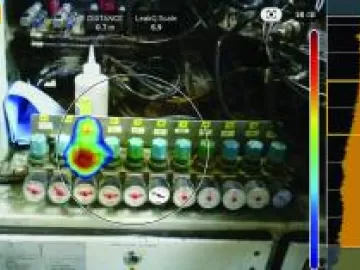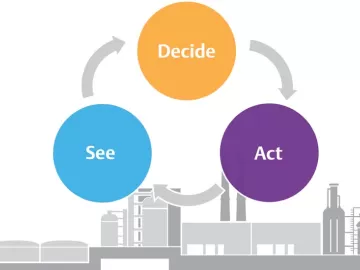Plastic Extruder Saves $116,000 in Energy Costs
This plastic extrusion factory spent an estimated \$180,711 annually on energy to operate the compressed air system at their Midwestern facility. Based on the air system operating 8,760 hours per year, the group of projects recommended below could reduce these energy costs by an estimated \$116,520 or 67% of current use. Estimated costs for completing the recommended projects total \$20,100. This figure represents a simple payback period of 2 months.











